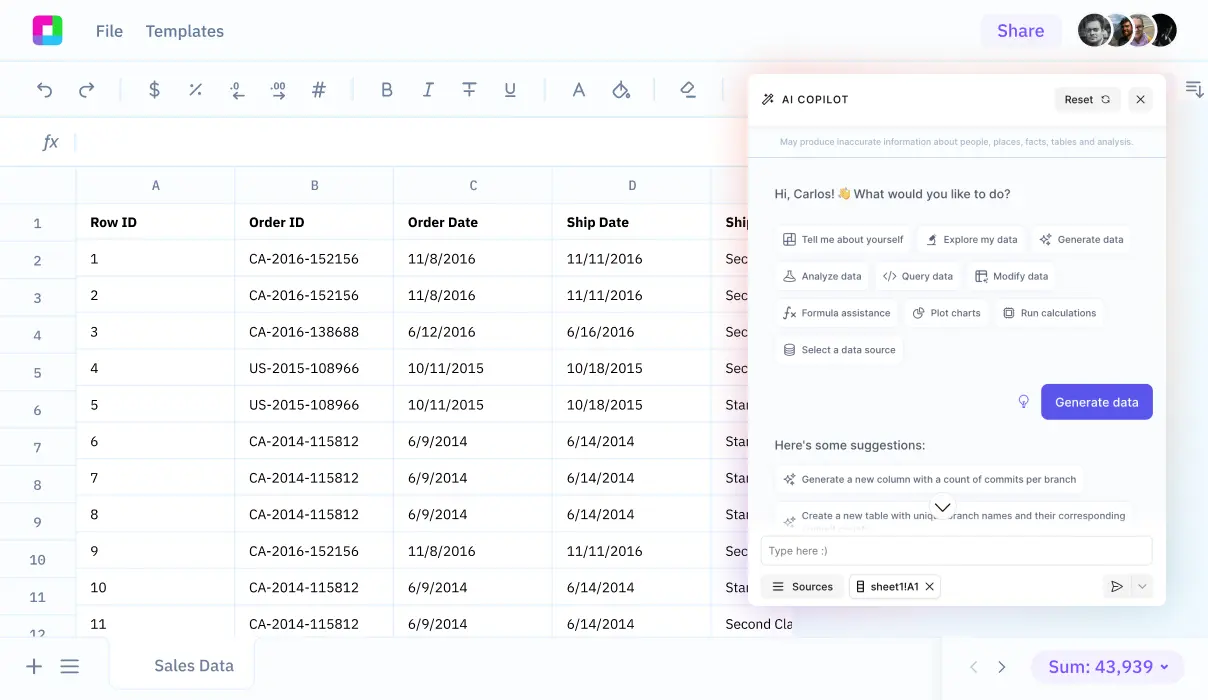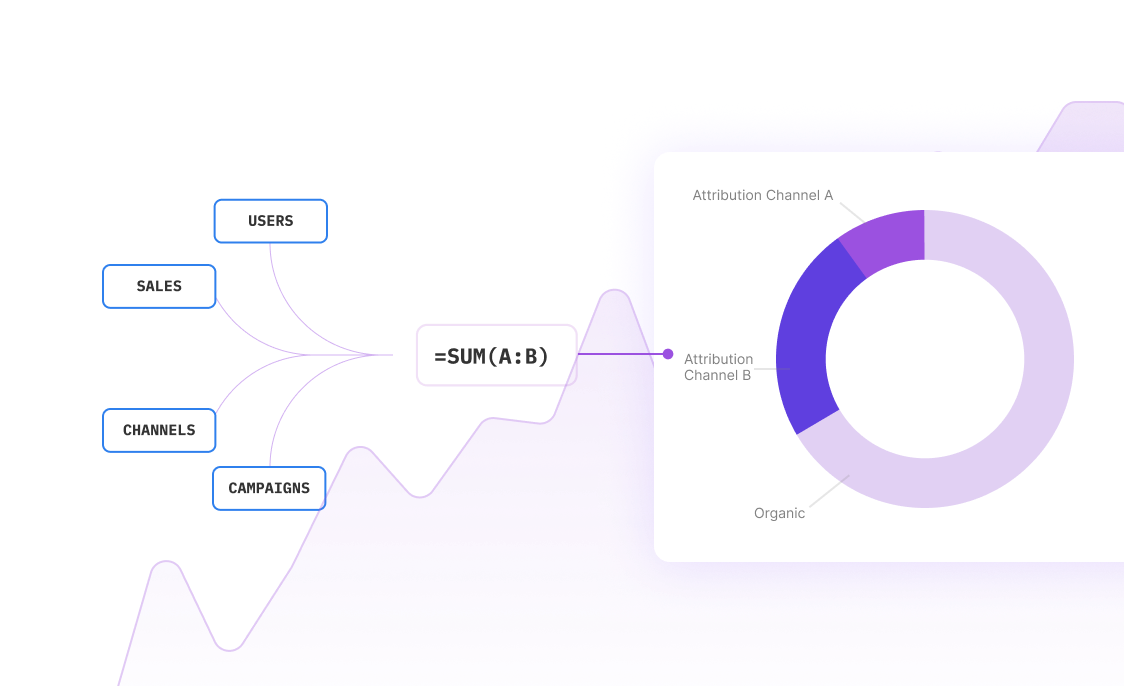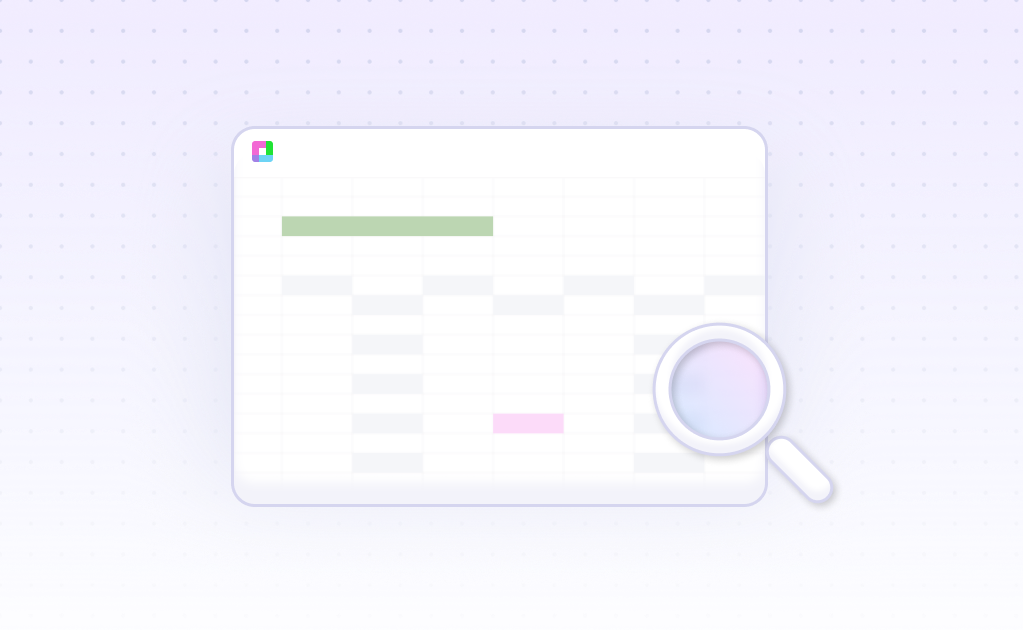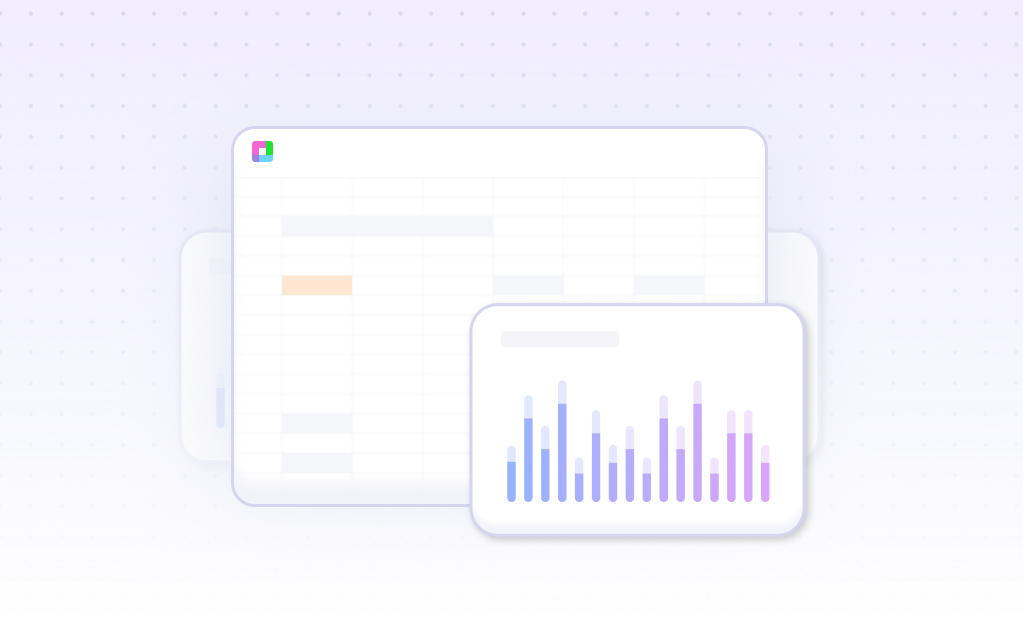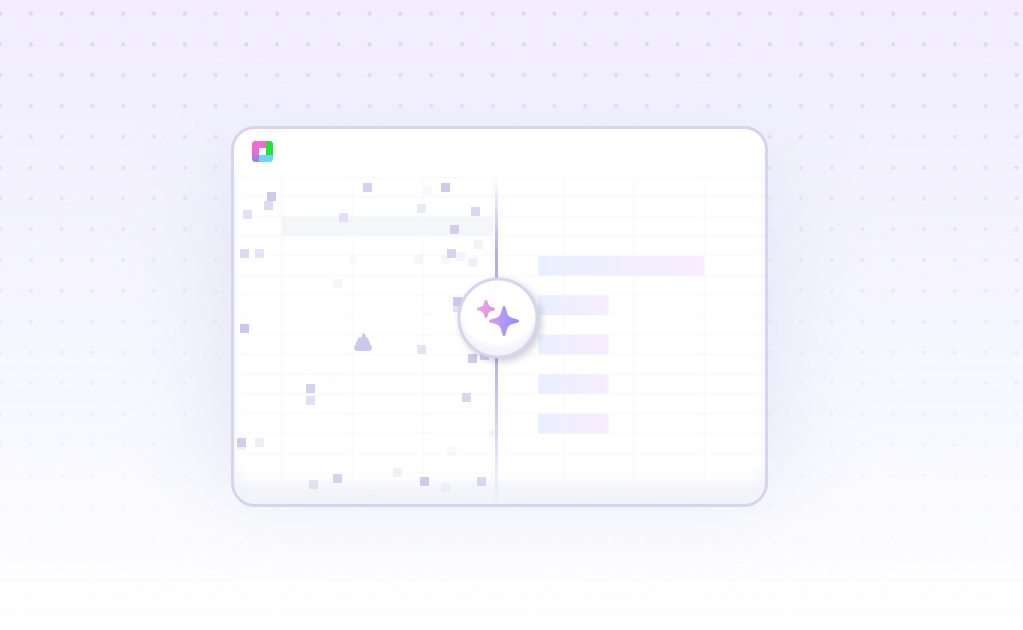
Introduction
Graph analysis transforms complex data into actionable insights through visual representations. While Excel offers basic charting through its Quick Analysis feature, modern AI-powered alternatives like Sourcetable provide enhanced capabilities. Sourcetable combines Excel's functionality with AI-driven automation, generating sophisticated charts and formulas without requiring spreadsheet expertise. Beyond visualization, it integrates with SQL and Python for advanced analysis, automates data cleaning, and supports voice interactions. Discover how Sourcetable streamlines graph analysis at sourcetable.com/signup.
Why Sourcetable Is Superior for Graph Analysis
Sourcetable combines spreadsheet analytics with AI-powered natural language processing, revolutionizing how users approach graph analysis. Unlike traditional Excel, Sourcetable allows users to describe their analytical needs in plain language, eliminating the need for complex formula knowledge.
The platform processes large volumes of data at high speeds while delivering accurate business insights. Its AI capabilities can analyze historical data for forecasting and extract valuable insights from unstructured data, features not native to standard Excel workflows.
Sourcetable's natural language interface makes advanced data manipulation accessible to all skill levels. Users can generate complex visualizations and reports by simply describing what they want to see, rather than navigating Excel's traditional menu systems and formula syntax.
The platform's generative AI capabilities extend beyond basic analysis, offering automated task handling, technical translation, and insight summarization. These features transform raw data into actionable business intelligence more efficiently than Excel's manual processes.
Benefits of Graph Analysis in Modern Data Analytics
Graph analytics unlocks hidden insights within existing datasets while enabling real-time transaction analysis from data streams. This powerful approach enhances business intelligence and improves existing products and services through deeper data relationships.
Data Visualization and Analysis
Modern AI-powered spreadsheet tools leverage natural language processing for data visualization and analysis. Like Google Sheets' 'Explore' and 'Sync' features, these tools enable users to analyze data and create visual representations through simple language commands. ThoughtSpot's AI-powered search functionality demonstrates how natural language queries can reveal deeper insights from spreadsheet data.
Automated Reporting
AI integration in spreadsheet applications enables programmatic updates to charts and visualizations across connected documents. This automation streamlines the reporting process while maintaining data accuracy and visualization consistency.
Graph Analysis Examples with Sourcetable: AI-Powered Data Visualization
Sourcetable combines AI capabilities with traditional graph analysis to deliver comprehensive data visualization. The platform leverages ChatGPT and OpenAI models for intelligent data processing and chart creation.
Financial Visualization Options
Line charts track trends over time and illustrate year-over-year growth. Bar charts display monetary comparisons, while pie charts effectively show budget allocations. Advanced options include waterfall charts, candlestick charts for stock analysis, and heatmaps for data intensity visualization.
Behavioral Analysis Tools
Cumulative record graphs track student progress over time. Scatterplots reveal relationships between variables, while bar graphs compare categorical groups. The platform helps therapists analyze behavior duration and intervention effectiveness.
Advanced Visualization Features
Network graphs display entity relationships through nodes and edges. Treemaps represent hierarchical data using nested rectangles. Sankey diagrams visualize resource flows, while choropleth maps show geographical data distribution through color gradients.
AI-Enhanced Analysis
The Add Tables feature extracts trends and generates pivot tables. Get Answers provides quick business insights, while Add Columns creates calculated data views. Create Charts transforms numerical data into visual narratives through natural language queries.
Graph Analysis Use Cases with Sourcetable
Data Cleaning and Preparation |
Automatically clean and organize raw data for graph analysis using Sourcetable's AI capabilities, ensuring accurate visualization and analysis. |
Natural Language Data Queries |
Ask questions about datasets using natural language to generate visual representations and identify key patterns. |
Automated Pattern Recognition |
Leverage Sourcetable's automation features to identify trends and patterns in data through visual summaries and graphical representations. |
Visual Data Summarization |
Transform complex datasets into clear visual summaries, helping users better understand relationships and patterns in their data. |
Frequently Asked Questions
What is graph analytics and what makes it useful for data analysis?
Graph analytics, also known as network analysis, is a method for evaluating organized information as objects and their connections. It is particularly valuable for analyzing data where the relationships between objects are more important than the objects themselves. This approach is widely used across fields including social media, transportation, molecular biology, and energy sensor networks.
What kinds of real-world problems can graph analytics solve?
Graph analytics can solve diverse problems by analyzing relationships in data. Examples include tracking infectious disease spread, optimizing air traffic control, analyzing travel times from ride-sharing data, and understanding social media connections. The Ripples software tool developed by PNNL demonstrates these practical applications.
How can I perform graph analysis using Sourcetable's AI-powered features?
Sourcetable combines spreadsheet functionality with an AI chatbot that responds to natural language commands. You can connect to over 100 data sources, clean and summarize data, and run Python or SQL code for external integrations. The AI capabilities help analyze data faster, create charts, and extract trends from your network data.
Conclusion
Excel provides basic graph analysis through its Quick Analysis feature, allowing users to select data ranges and preview different chart types. While effective for simple visualizations, modern data analysis often requires more sophisticated tools.
Sourcetable elevates spreadsheet capabilities with AI-powered analysis, combining traditional functionality with natural language processing. Its AI assistant streamlines formula creation, chart generation, and data cleaning while supporting Python and SQL integrations for advanced graph analytics.
Graph analysis capabilities in Sourcetable enable sophisticated vertex analysis, community detection, and fraud prevention through transaction mapping. Experience these advanced features by signing up at sourcetable.com/signup.
Recommended Analysis Guides
Connect your most-used data sources and tools to Sourcetable for seamless analysis.
Frequently Asked Questions
If you question is not covered here, you can contact our team.
Contact Us
